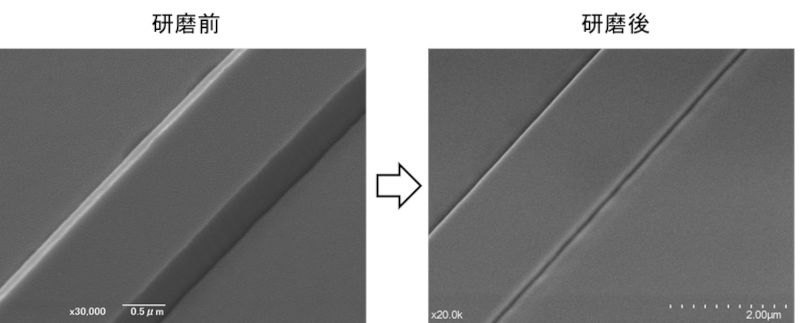Progress Report
Scalable and Robust Integrated Quantum Communication System[3] Quantum memory and quantum transducer for repeating and converting quantum signals
Progress until FY2024
1. Outline of the project
In this project, we focus on the transduction between optical and microwave signals —and material quantum systems, aiming for the realization of quantum repeaters.
The technologies under development include quantum memory systems that interface with visible photons, such as rare-earth-doped material like Pr:YSO and rubidium atoms; quantum mechanical memories that couple to microwave fields; and enabling technologies such as frequency stabilization and quantum transducers that link quantum memories with optical signals. These efforts aim to establish entanglement between distant quantum memories and to advance quantum repeater technology, ultimately enabling the integration of superconducting quantum computers with long-distance quantum communication networks.
2. Outcome so far
Development of Multiplexed Quantum Memories for Quantum Repeater Networks
We have generated multiple quantum memory channels within the absorption spectrum of a Pr:YSO crystal. As shown in the figure, more than 30 memory channels have been successfully generated.

Development of stabilization techniques for light sources used in a quantum memory
Frequency stabilization techniques have been developed for the light sources used in quantum memory experiments. In this year, we performed laser frequency stabilization for the laser source used to transfer the entangled photons. The frequency variation of the laser source used to transfer the entangled photons was suppressed to less than 1 kHz. We also developed an optical frequency comb with high reliability. We have realized the phase lock of the carrier-envelope offset frequency of the developed comb.
Research on Enhancing the Reliability of Entangled Photon Generation via Spin Waves
We constructed a magneto-optical trap (MOT) for capturing rubidium atoms and performed initialization of the atomic internal states for quantum memory operations. An optical cavity with low-loss mirrors was built, and its characteristics, such as finesse, were evaluated. In addition, we stabilized the laser sources used for cavity locking, quantum memory write-in, and read-out operations. We also prepared laser systems for generating a one-dimensional optical lattice to trap atoms inside the cavity.
Development of Quantum Mechanical Memory
We optimized fabrication processes and established a measurement environment aimed at improving the coherence time of the mechanical memory and the conversion efficiency of the quantum transducer. For the evaluation of optomechanical devices at 3He temperatures, a helium cryostat was installed (see Photo 1).

In addition, to reduce internal losses in rib-type optical waveguides for quantum transducers, we introduced a chemical mechanical polishing (CMP) process, which successfully decreased surface roughness (see Photo 2).

Furthermore, in our efforts to improve the coherence time of the mechanical memory, we developed a mechanical memory on a piezoelectric thin film that can be fabricated on the same chip as the photonic devices.
3. Future plans
We aim to advance toward quantum repeater technologies, including the demonstration of entanglement between quantum memories. Furthermore, through the development of quantum mechanical memories and quantum transducers, we will work toward interfacing superconducting quantum computers with quantum communication networks.